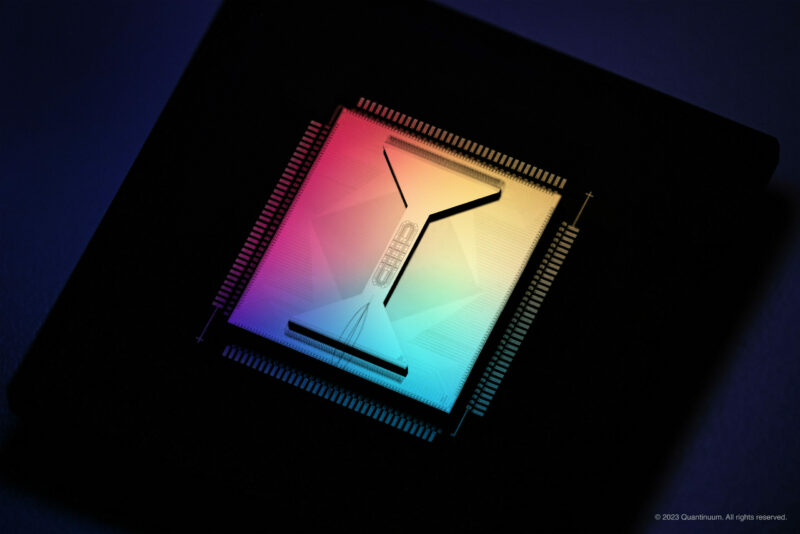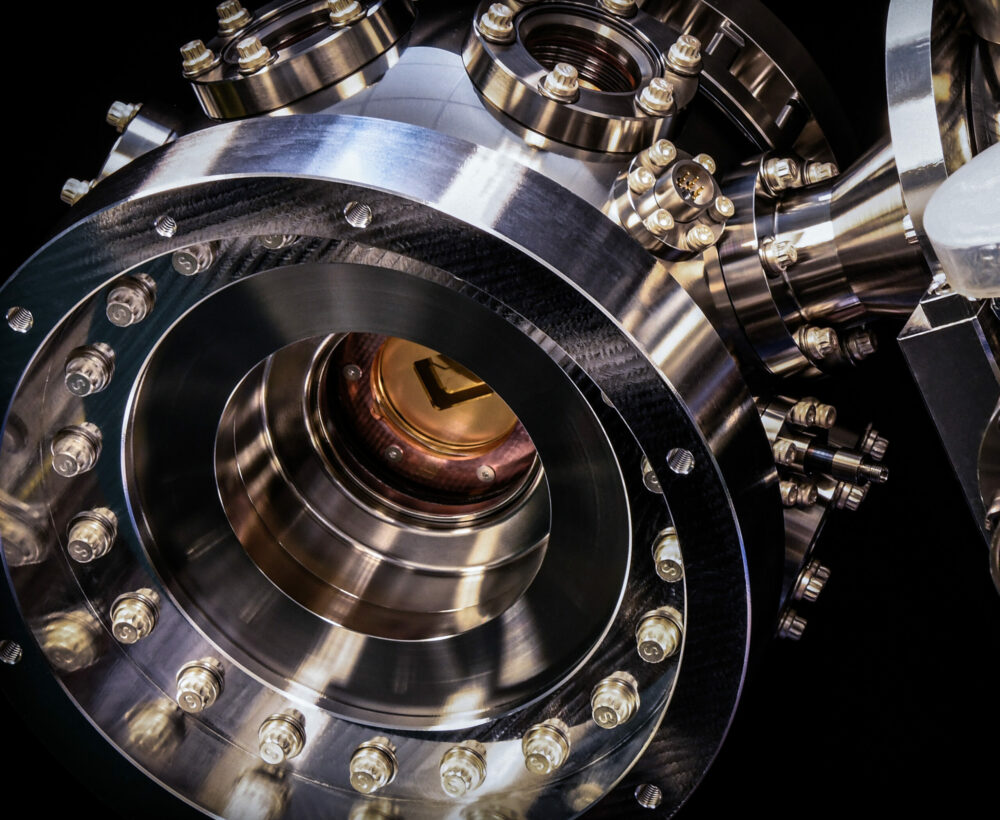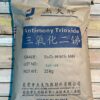Quantum-computing company, Quantinuum, has made a significant step towards making more error-tolerant and reliable quantum computers with the release of its H2 quantum processor.
Launched on Tuesday, the company worked with various partners before the launch to create and control a type of quantum particle responsible for reliable and error-free quantum computing. Quantum computing is a type of computing that uses the principles of quantum mechanics to process information and solve problems faster than classical computers.
This error-free state requires the use of fault tolerance techniques, which are used to make quantum computers more reliable when there are errors present. These techniques use error-correcting codes to identify and fix errors that occur during quantum computation.
These techniques give quantum computers the ability to perform complex computations with a higher level of accuracy and reliability, which makes them useful for applications such as cryptography, drug design, and optimization problems where precise calculations are required.
“With our second-generation system, we are entering a new phase of quantum computing. H2 highlights the opportunity to achieve valuable outcomes that are only possible with a quantum computer. The development of the H2 processor is also a critical step in moving towards universal fault-tolerant quantum computing,” said Tony Uttley, president and COO of Quantinuum.

Quantinuum’s H2 quantum processor, Powered by Honeywell. Image via Quantinuum.
Read more: Government of Canada invests $40 million into quantum computing tech firm
Read more: Ericsson Canada partners with two Canadian universities to open a Quantum research hub
Scientists create conditions for error-tolerant quantum computing in lab
Scientists from Quantinuum, along with researchers from Harvard University and Caltech, conducted an experiment on the H2 quantum processor wherein they demonstrated the existence of a new state of matter called a non-Abelian topologically ordered state.
This is a type of quantum state that can emerge in certain materials at very low temperatures. In this state, particles called Anyons are arranged in a specific shape that are highly resistant to environmental disturbances.
The ability to create, manipulate, and measure these states are a crucial step towards developing a reliable and error-free quantum computer, and due to some of the features and precision control of the H2 processor, scientists were able to control and measure the quantum state in real-time.
“This demonstration is a beautiful proof point in the power of our H-Series hardware roadmap and reinforces our primary purpose which is to enable our customers to tackle problems that were previously beyond the reach of classical computers. The implications for society are significant and we are excited to see how this technology truly changes the world,” said Utley.
The H2 quantum processor has 32 units of quantum information called qubits that are fully connected, meaning that they can interact with each other.
The H2 quantum processor has a unique design that allows for direct entanglement between any two qubits in the system. This design is called a ‘racetrack’. This all-to-all connectivity reduces errors in quantum algorithms, and in the long term, could enable more efficient error correction codes, both of which are critical for improving the capabilities of quantum computing.
Follow Joseph Morton on Twitter
joseph@mugglehead.com














